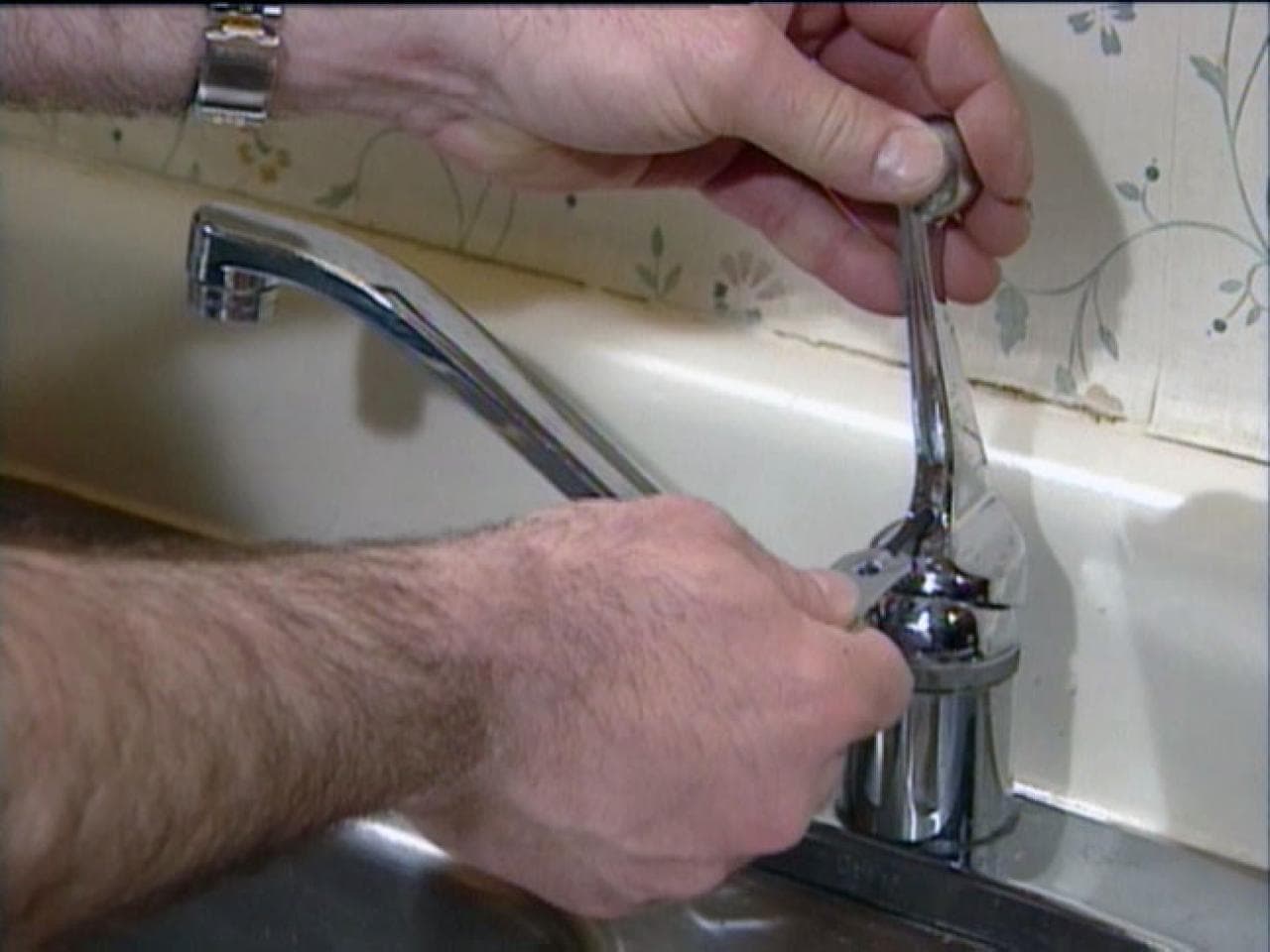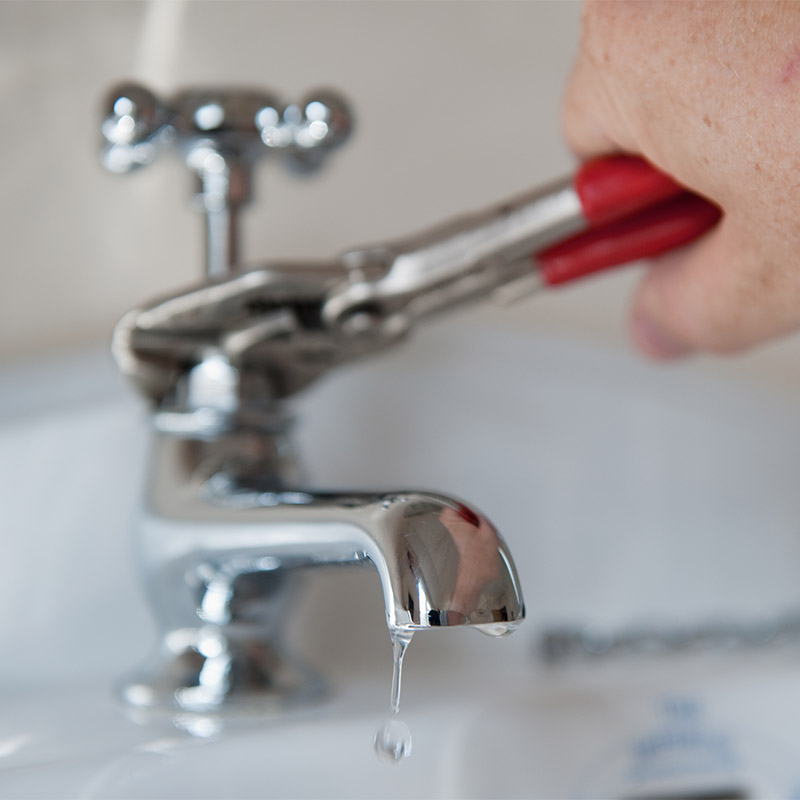The article directly below on the subject of What Causes Leaky Faucets & How To Fix Them is unquestionably fascinating. Read on and draw your own final thoughts.

Dripping taps could appear like a minor inconvenience, but their influence exceeds just the annoyance of the audio. From wasting water to incurring unneeded financial expenses and health threats, disregarding a trickling faucet can result in numerous repercussions. In this write-up, we'll explore why it's important to address this common house problem quickly and successfully.
Wastage of Water
Ecological Effect
Dripping taps contribute significantly to water wastefulness. According to the Environmental Protection Agency (EPA), a solitary tap dripping at one drip per secondly can lose more than 3,000 gallons of water each year. This not only stress water resources however also influences ecosystems and wild animals dependent on them.
Step-by-Step Guide to Repairing a Dripping Tap
Tools Needed
Before trying to deal with a leaking tap, gather the essential tools, consisting of a flexible wrench, screwdrivers, replacement components (such as washing machines or cartridges), and plumber's tape.
Common Faucet Issues and Their Solutions
Recognize the type of faucet and the certain concern causing the drip. Typical issues consist of damaged washing machines, corroded valve seats, or defective O-rings. Refer to maker guidelines or on-line tutorials for detailed advice on repairs.
Financial Costs
Increased Water Expenses
Beyond the environmental effect, dripping faucets can inflate water costs considerably. The gathered wastefulness gradually equates into greater energy expenses, which could have been prevented with timely repair work.
Possible Property Damages
Additionally, prolonged trickling can result in harm to fixtures and surface areas surrounding the tap. Water build-up can create staining, rust, and also structural concerns if left unattended, leading to additional repair work prices.
Health Worries
Mold And Mildew and Mildew Growth
The continuous visibility of moisture from a dripping faucet develops an optimal setting for mold and mildew and mold growth. These fungi not only compromise indoor air high quality yet additionally pose health risks, particularly for individuals with respiratory conditions or allergies.
Waterborne Illness
Stagnant water in leaking faucets can become a breeding ground for bacteria and various other virus, boosting the danger of waterborne diseases. Contaminants such as Legionella microorganisms grow in stagnant water, possibly leading to major health problems when ingested or breathed in.
Do it yourself vs. Specialist Fixing
Advantages and disadvantages of DIY Fixing
While some might attempt to deal with a dripping tap themselves, DIY fixings include their own collection of difficulties. Without proper understanding and tools, do it yourself efforts can intensify the concern or result in incomplete repair services, prolonging the trouble.
Benefits of Working With an Expert Plumber
Working with an expert plumber makes certain that the underlying root cause of the trickling faucet is resolved efficiently. Plumbers possess the expertise and devices to identify and fix tap issues effectively, conserving time and decreasing the threat of further damage.
Environmental Obligation
Private Contribution to Preservation
Taking responsibility for fixing dripping faucets aligns with broader efforts towards water preservation and ecological sustainability. Every person's actions collectively make a significant impact on maintaining priceless sources.
Lasting Living Practices
By prioritizing prompt repairs and taking on water-saving routines, individuals add to sustainable living practices that profit both present and future generations.
Safety nets
Routine Upkeep Tips
To avoid leaking faucets, execute routine maintenance such as cleaning aerators, evaluating for leaks, and replacing damaged parts immediately. In addition, consider setting up water-saving tools or upgrading to much more effective fixtures.
Value of Prompt Services
Addressing leaking faucets as quickly as they're seen protects against further water wastage and potential damage, eventually saving both water and money over time.
Effect On Building Worth
Assumption of Well-Maintained Building
Preserving a building in good condition, consisting of attending to upkeep issues like dripping taps, enhances its regarded worth and worth among potential customers or tenants.
Impact on Resale Worth
Properties with properly maintained plumbing components, consisting of faucets, command greater resale values in the real estate market. Addressing trickling faucets can add to a positive impact during home inspections and settlements.
Conclusion
Attending to a trickling faucet exceeds plain benefit; it's a crucial step towards conserving water, minimizing economic prices, and protecting health and wellness and property. Whether through DIY repair services or specialist aid, taking action to repair leaking faucets is a little yet impactful method to promote accountable stewardship of resources and contribute to a healthier, more lasting future.
How to Fix a Leaky Faucet: Step-by-Step Repair Guide
A leaky faucet may seem like a simple annoyance, but if it's not fixed promptly, that leak could cost hundreds to potentially thousands. From water damage to mold, mildew, and high water bills, even a tiny leak can be catastrophic if left unattended. Damage like this can even affect the overall value of your home, so it's important to take the right approach for leaky faucet repair. You may need the help of a plumber in some cases, but we've got a few tips you can try on how to fix a leaky faucet before calling the pros.
Four Faucet Types
When you're learning how to fix a leaky faucet, the first step is knowing what kind of faucet you're working with! There are four common types.
Cartridge Faucets
Cartridge faucets come in one- or two-handled varieties. In one-handled cartridge faucets, hot and cold water combines in a single cartridge. In the two-handled versions, hot and cold water are controlled separately and mixed in the faucet.
Ball Faucets
Ball faucets have a single lever you push up and down to adjust the pressure and rotate to change the temperature. A slotted metal ball controls the amount of water allowed into the spout.
Compression Washer Faucets
They're the oldest type of faucet, but they're still used in many homes — especially older ones. Compression faucets have two separate handles that, when turned, raise or lower the washer that seals a water valve. This valve stops water from flowing through the faucet when it is turned off.
Disc Faucets
Disc faucets rarely need to be repaired due to their maintenance-free design. The water flow is controlled by two discs — the upper one raises and lowers against a fixed lower disc, creating a watertight seal. If your disc faucet starts leaking, you may need to replace the seals or clean residue buildup from the inlets.
Fixing a Leaky Faucet
Step 1: Turn Off the Water
Whether you're learning how to fix a leaky bathtub faucet or how to fix a leaky kitchen faucet, always turn off the water supply to your working area when you're fixing a leak. The last thing you want is a flood added to your list of things to fix.
Look for the shutoff valves below your sink or around the tub and turn them clockwise to stop the water flow. If your faucet doesn't have shutoff valves, you may need to turn off the water for the whole house. Check to make sure it's off by turning the faucet on. If nothing comes out, you're ready to start the repair.
Step 2: Take Apart the Faucet
How you disassemble your faucet depends on the type of fixture you have. You can use a flathead screwdriver to remove the caps on top of the handle or handles for cartridge and compression faucets. Inside, you should see handle screws. Unscrew these with a screwdriver to remove the handle.
Disc- and ball-style faucets will typically have an inlet screw near the handle, and removing that will reveal the interior of the faucet.
Detach the Valve Stem
For cartridge- and compression-style faucets, you'll see the inner valve stem or cartridge once you remove the faucet handles. If you have a compression faucet, unscrew the brass valve stem. If you have a cartridge faucet, pull out the cartridge. If your cartridge has been in place for a while, it may require some tools or extra force to remove it due to mineral deposits.
Examine and Replace Parts
Once you've removed the parts, check them out to confirm what needs to be replaced. You may see corroded rubber washers, O-rings, stems, or cartridges. On a ball-style faucet, check the seats and springs for damage.
If you need to repair a leaky disc faucet, check the inlet and seals on the lower disc.
Once you determine what parts must be replaced, visit your local hardware store. Bring the damaged parts with you to ensure you can purchase the correct components to replace them.
Clean Valves and Faucet Cavity
If you've removed a stem or cartridge, you may notice mineral buildup in the faucet's threads. Use white vinegar to clean the valve seat by soaking it for a few minutes, then scrub it away with a soft toothbrush and rinse with warm water. You can also clean the interior of the faucet in the same way.
Reassemble the Faucet
Once your faucet is cleaned and the required parts have been replaced, it's time to reassemble it. Put the pieces back together and slowly turn the water supply back on. Doing this slowly is crucial because too much initial water pressure can damage the new hardware you've just installed.
https://homewarranty.firstam.com/blog/how-to-fix-leaky-faucet

Hopefully you liked our part about Why Is It Important To Fix Your Leaking Tap/Faucet?. Thanks for taking a few minutes to read through our piece of content. In case you liked our post kindly be sure to pass it around. Thank you for your time. Don't forget to check our blog back soon.